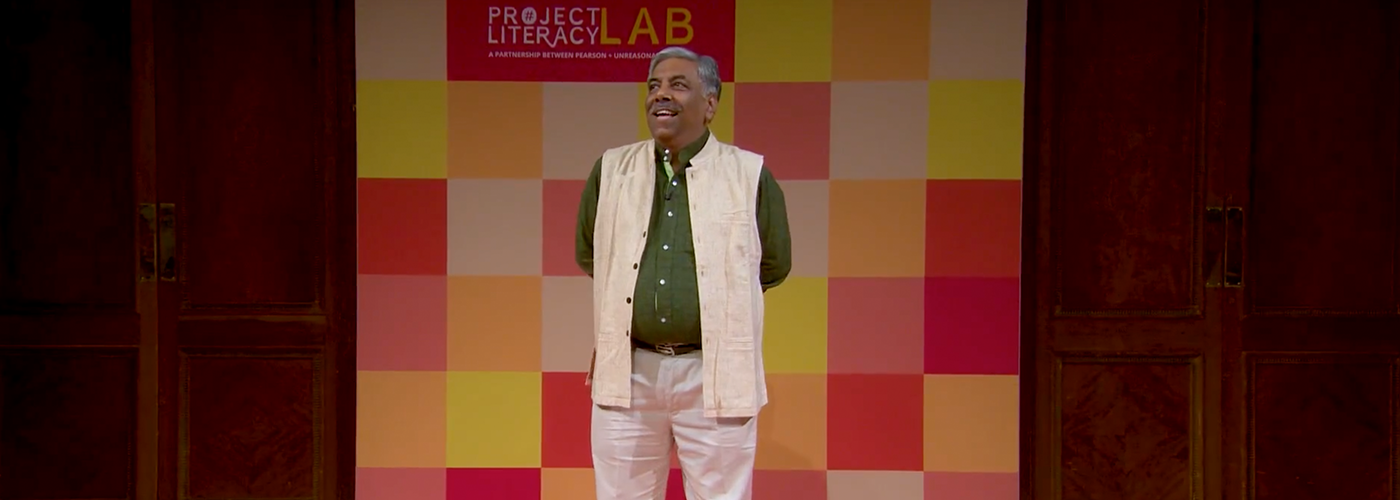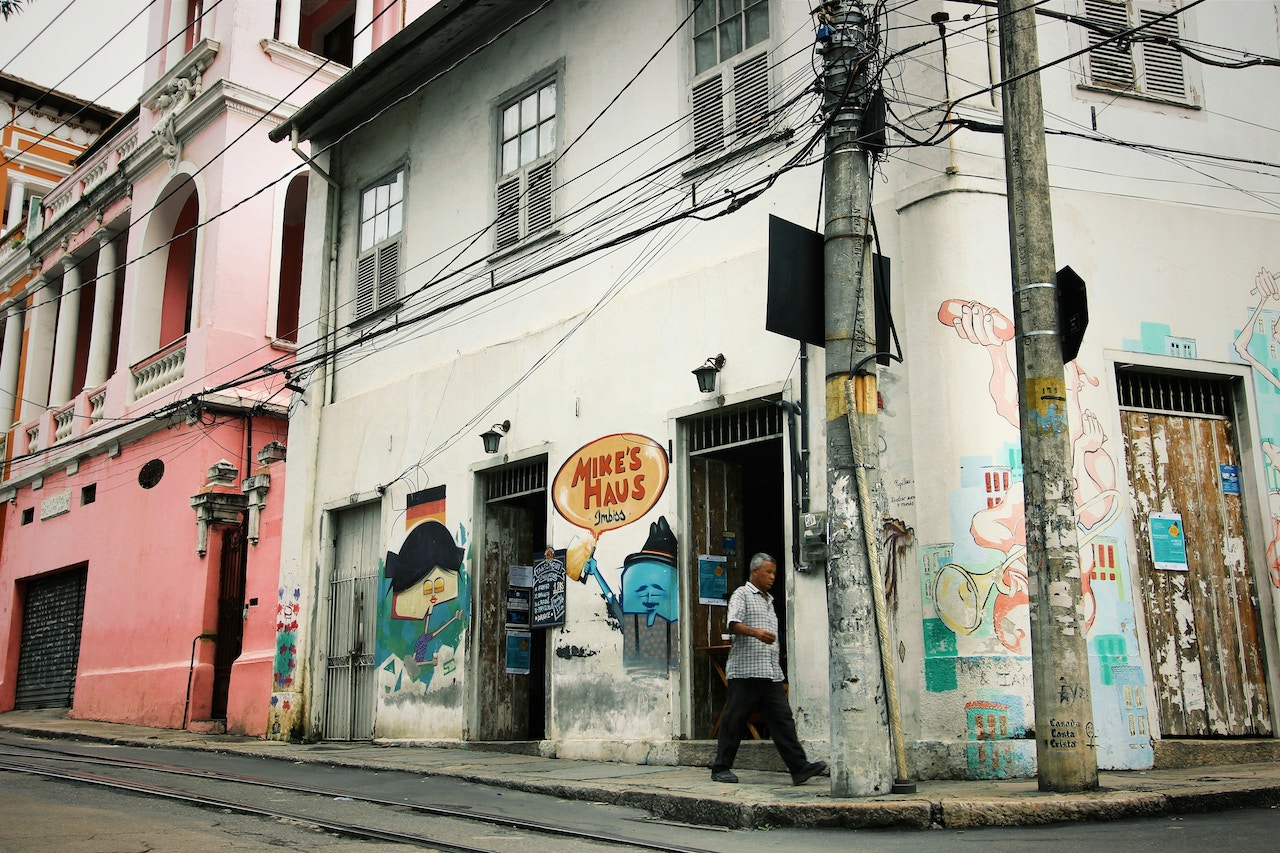 hether it is a child in the United States learning Spanish or one in China learning English, oftentimes the language learning experience remains confined within the walls of a classroom. Teachers lecture about vocabulary and grammar, assign homework, and administer exams, yet the students pass and enter the world without the proficiency to actually speak the language. In India, however, many people speak at least three or more languages. Because of the diverse environment, multilingualism comes almost effortlessly.
hether it is a child in the United States learning Spanish or one in China learning English, oftentimes the language learning experience remains confined within the walls of a classroom. Teachers lecture about vocabulary and grammar, assign homework, and administer exams, yet the students pass and enter the world without the proficiency to actually speak the language. In India, however, many people speak at least three or more languages. Because of the diverse environment, multilingualism comes almost effortlessly.
One hour of Karadi Path teaches as much as 8-12 hours of conventional language learning. Tweet This Quote
Vish, co-founder and CEO of Karadi Path, spoke five languages by the time he was four years old. The only one he studied in a good school with excellent teachers, though, was French. Now, he can barely remember a handful of sentences. Vish observed that in India when families move from one part of the country to another, their children speak the local language within a few months – without undergoing any formal instruction. For nearly 15 years, Vish studied this phenomenon to understand what it takes to achieve these learning outcomes. This was the beginning of the Karadi Path methodology.
Karadi Path mimics the way we naturally learn language from the environment. The methodology doesn’t teach words, definitions, or grammar. Rather, it’s entirely experiential – full of song, dance, story and theater. What they’ve found is that one hour of Karadi Path teaches as much as 8-12 hours of conventional language learning, and in just about 96 hours – for about $6 – a child can go from zero to proficiency in English. So far, over 600,000 children have learned English across India.




